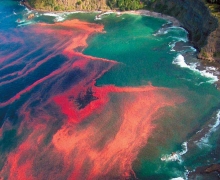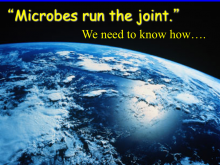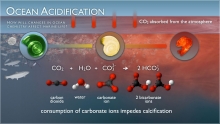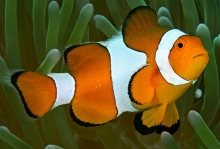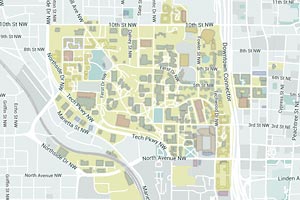An interdisciplinary project to explore the physical, chemical and biological factors that promote the growth of Sargassum blooms in the Tropical Atlantic and investigate the factors that may have changed in recent years (last decade). A novel combination of ecological approaches, remote sensing products, physical modeling, and oceanographic work at sea will be used to investigate and resolve the mechanisms that drive the onset of Sargassum blooms in the Central Tropical Atlantic and their growth and development in waters of the Western Tropical North Atlantic.
Coral reefs have tremendous environmental, economic, and cultural value but are in dramatic global decline. Over the last 4 decades, coral cover on Caribbean reefs has declined by ~80% and on Pacific reefs by more than 50%. Declines are being driven by a host of anthropogenic stresses including global change, overfishing, pollution, and disease spread, but all of these stresses generally result in losses of corals, increases in seaweeds, and then a loss of reef resilience as seaweeds dominate and suppress corals.
Deep subsurface methane hydrate-bearing sediments contain microbial communities that are distinct from shallow marine sediments and hydrate-free environments. DNA evidence suggests that novel bacterial phyla (e.g. Atribacteria) are highly enriched in methane hydrate-bearing sediments. Recent genome assemblies by the Glass group at Georgia Tech are providing insights into the metabolic potential of samples drilled from gas hydrate stability zone 70 mbsf below Hydrate Ridge (IODP Leg 204).
Geochemical time series from remote Pacific atolls have provided long records of climate variability that extend into the pre-industrial era. Recent studies document a wide range of geochemical variability in corals growing on the same reef, ostensibly of the same genus. Deciphering which fraction of coral geochemistry variations are driven by changes in physical environment versus physiological differences between corals is key to constructing more robust records of past climate variability.
The student will work jointly between the labs of Drs. Frank Stewart (Biological Sciences) and Kostas Konstantinidis (Biological Sciences, Civil and Environmental Engineering) to characterize a globally important marine bacterial group (SAR11). A collaboration between these labs recently described how SAR11, the world’s most abundant organismal group, has adapted to the unique chemical and physical environment of anoxic oxygen minimum zones (OMZs). This work (Tsementzi et al.
Single-celled marine algae are especially chemically rich, producing toxins that kill fish, marine mammals, and seabirds, contaminate shellfish, and threaten human health. Many predators of these algae – copepods – selectively consume less toxic algae, which in turn sense copepods via an excreted blend of copepod-specific molecules. These algae then become up to 20X more toxic when they sense copepod cues in the open ocean.
The urbanization of the coast is generating significant environmental issues, including increasing nutrient runoff that promotes eutrophication and hypoxic conditions in estuaries. At the same time, the excessive input of nutrients is also responsible for an increase acidification of coastal waters, as denitrification in sediments typically generates acidity.
Seaweeds create toxic compounds to deter consumers (fish) and poison competitors (corals). However specific fishes resist these toxins, and some corals also are resistant to their effects. These tolerances may be due to unusual microbes in the gut microbiomes of fishes and in coral mucus coverings. GT has an unusual mixture of marine ecologists, chemists and microbiologists to address these issues.
CO2 emission will continue exaggerating, as fossil fuels will most likely remain the major source of energy in next couple decades. The increased carbon in the atmosphere moves into marine ecosystems, making the world’s oceans more acidic. The rate of ocean acidification (OA) today is faster than any time in the past 300 million years.
Native microbial communities (microbiomes) of the vertebrate gut exert vital effects on host ecology, physiology, and evolution. This project explores the potential that the gut microbiome of herbivorous fish plays a vital role in biochemically degrading algal toxins consumed by the host fish, and therefore structuring diet choice and ecology. The student will work jointly between the labs of Drs. Mark Hay and Frank Stewart to test this broad hypothesis, likely focusing on the microbiomes of specific coral reef herbivores.






